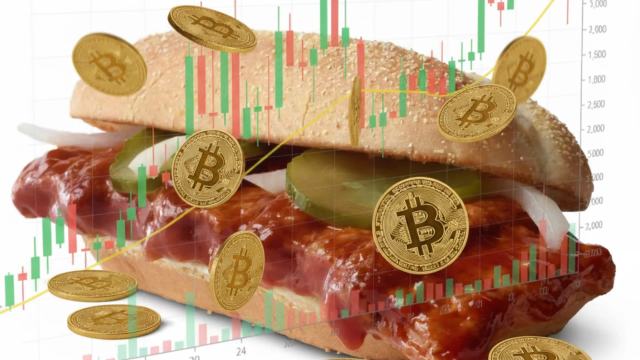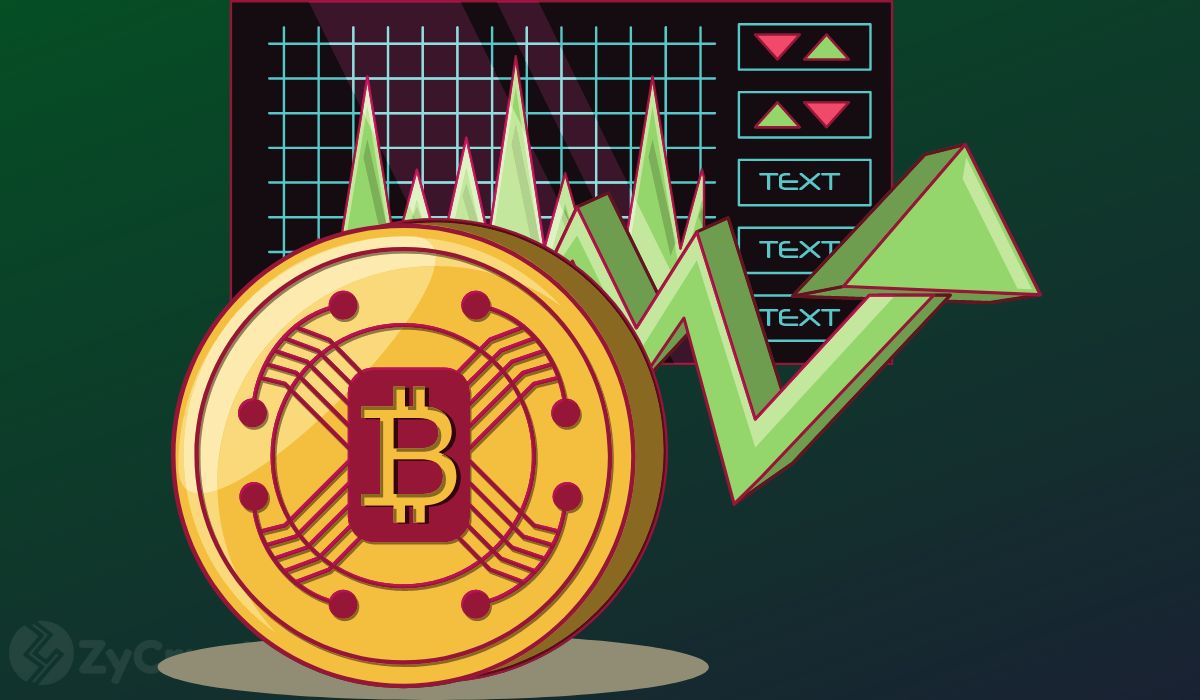
Analysts and investors are closely watching ENA ($0.31) following its wave D peak. The token’s recent price action demonstrates resilience despite broader Ethereum ecosystem pressures, and traders who profited from the previous wave C-to-D movement anticipate another profitable opportunity in the upcoming wave E phase. Technical charts, volume indicators, and fractal projections all support the possibility of a bullish rally in the near term.
ENA Surges Amid Wave D Completion
ENA, the governance token for the Ethena synthetic dollar protocol, has demonstrated notable resilience in October 2025. Analysts point to a recent Elliott Wave pattern that shows wave D peaking, suggesting the token may be gearing up for a significant rally as wave E unfolds. Traders who capitalized on the previous wave of C-to-D movement reported substantial gains, highlighting the potential for strategic trading during the current phase.

Traders gained from ENA’s wave C-to-D move and now watch for wave E, with key entry, take-profit, and stop-loss levels marked. Source: HodlAhmad on TradingView
The completion of wave D marks a critical turning point for ENA, and once wave E reaches its minimum target, the token could climb rapidly toward new highs.
Technical Insights: Resistance Break and Price Targets
According to technical charts shared by analysts, ENA recently broke above the 0.46 resistance level, reaching 0.50 amid increased trading volume. This breakout follows a dip to 0.25 earlier in the month, reflecting a 27% weekly decline against short-term bearish pressures in the Ethereum ecosystem.

The ENA macro chart shows a long-term bullish trend with targets of $11–$15 by 2026–2027. Source: The Wyckoff Architect via X
The Wyckoff Architect, a notable crypto analyst, emphasized the long-term bullish structure in ENA’s logarithmic candlestick charts. “Our fractal-based projections suggest ENA could target $11–$15 by 2026–2027, building on ascending trendlines that trace back to 2024 lows,” the analyst stated.
Managing Risk: Entry, Take Profit, and Stop Loss Levels
Traders are closely monitoring key entry, take profit (TP), and stop-loss (SL) levels, which are clearly marked on recent ENA charts. The use of candlestick wick analysis indicates the price may retrace 30–50% of previous candle extremes before resuming its upward trajectory. This approach allows traders to strategically navigate short-term volatility while aiming for wave E’s anticipated gains.
“Filling the wick partially is a normal retracement,” explained a market commentator. “It provides a more predictable path toward the wave E minimum target without disrupting long-term bullish momentum.”
Market Context: Ethena Crypto Resilience
Ethena’s performance has drawn attention despite broader market volatility. ENA surged 12% on October 13, 2025, even when the USDe stablecoin temporarily depegged to 0.65 on Binance. This says a lot about the strength and stability of Ethena crypto during turbulent market conditions.

ENA is Ethena’s governance token, driving its synthetic dollar protocol and tracking market momentum. Source: KNIGHT via X
Analysts, however, caution that upcoming token unlocks can result in near-term pressure. A $159 million team token transfer to Coinbase was noticed on Oct. 14, with potential selling risks, according to blockchain data.
What Traders Can Expect
In the near future, ENA may experience minor retracements at the beginning of wave E, providing traders who wish to capitalize on price action with entry points. Over the intermediate term, the recent breakout above key resistance levels suggests that bullish momentum may continue to support additional upside.

Ethena was trading at around $0.43, down 3.93% in the last 24 hours at press time. Source: Brave New Coin
Looking long-term, multi-year fractal predictions indicate ENA could reach $11–$15 by 2026–2027 if current trends hold. Traders and investors looking to get into Ethena stablecoin protocols and the ENA token should be watching Elliott Wave activity and market volume closely, as these will be most important in determining optimal entry and exit points.


























 24h Most Popular
24h Most Popular






 Utilities
Utilities